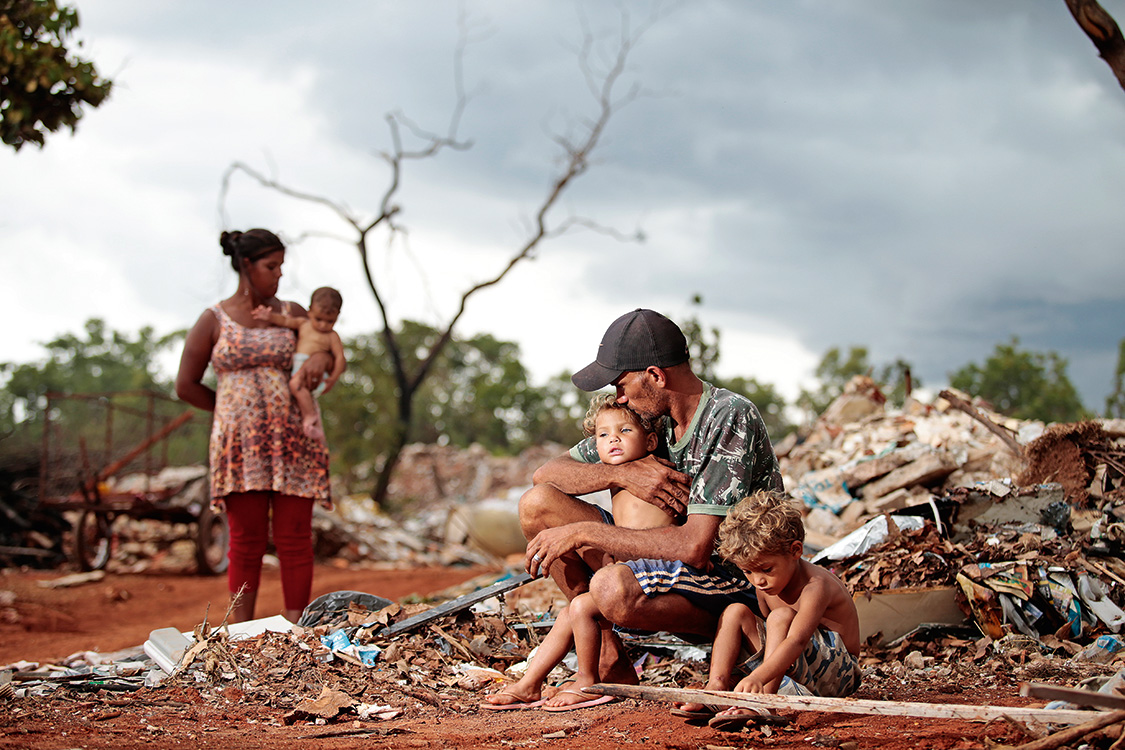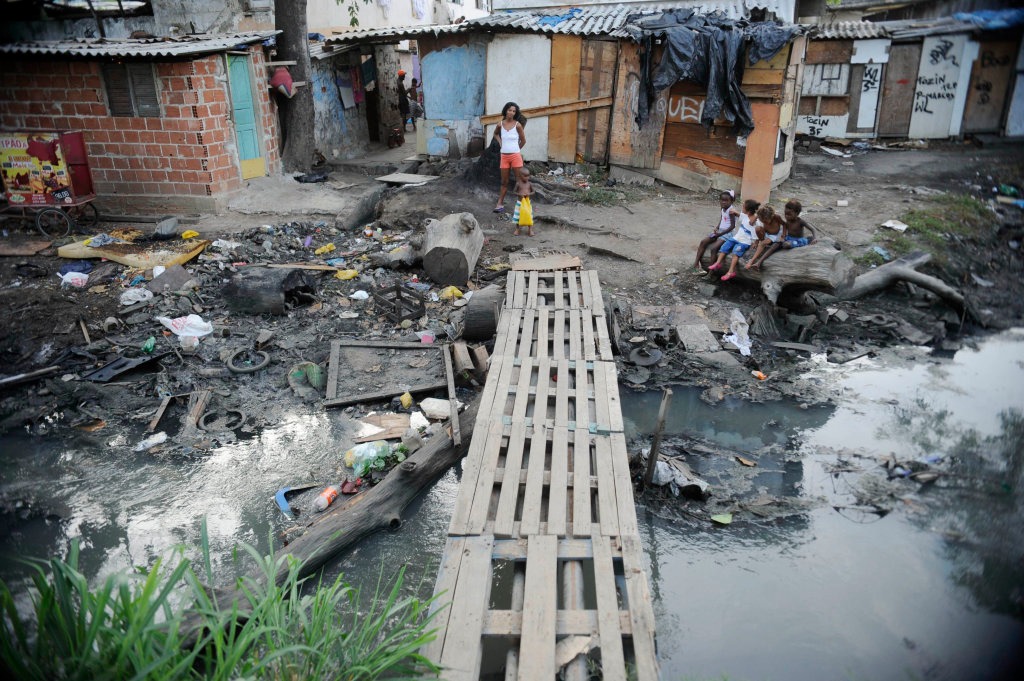RIO DE JANEIRO, BRAZIL – Brazil broke record levels of poverty last year, with 13.5 million Brazilians living in extreme poverty, a figure that is greater than the entire population of Bolivia.

The data are from the Summary of Social Indicators (SIS), released by the official Brazilian Institute of Geography and Statistics (IBGE).
Brazil has more people in poverty than the total population of countries like Portugal, Belgium, Cuba or Greece.
“The slight improvement in the labor market is not reaching these people, it is capturing people already in a higher (income) bracket. Extreme poverty is growing,” said André Simões, manager of the Coordination of Population and Social Indicators at IBGE.
The IBGE survey utilized the World Bank’s classification for extreme poverty, i.e., people with an income of less than US$1.90 (R$8) per day, the equivalent of about R$145.00 per month – as converted by the “purchasing power parity” (PPC) method.
Conversion by PPC provides a different figure from the daily commercial exchange rate. This method takes into account the amount needed to buy the same amount of goods and services in the domestic market of each country in comparison with the United States domestic market.
As the World Bank’s poverty cuts were established in 2011, the IBGE used the conversion rate by that year’s PPC and updated the figures for inflation, to reach R$145 per month.

“Brazil’s main poverty reduction program includes a R$89 curtailment line. Even if someone benefits from the Family Grant, they will fall below the global poverty line. It is quite far from the R$145 (adopted by the World Bank). The line used to manage the Family Grant is below the international poverty line,” said Leonardo Athias, an expert at the IBGE’s Coordination of Population and Social Indicators.
The Family Grant program, aimed at reducing extreme poverty, serves families with a per capita income of up to R$89 per month. Families with a per capita income of between R$89.01 and R$178 per month may only be considered if they include children or adolescents up to 17 years of age. The percentage of families benefiting from the Family Grant dropped in seven years, according to IBGE data, from 15.9 percent of Brazilian households in 2012 to 13.7 percent in 2018.
On the other hand, the total of poverty-stricken individuals in the country has been growing since the crisis began in 2015. In 2014, 4.5 percent of Brazilians lived below the extreme poverty line. In 2018, this percentage rose to a record 6.5 percent. In four years of a worsening of extreme poverty, more than 4.504 million Brazilians began to live in poverty, most of them black or mixed race.
Black and mixed-race Brazilians accounted for 75 percent of the population living in extreme poverty last year. When considering the population below the poverty line – that is, with an income of US$5.50 per day, approximately R$420 per month – these were also the majority.
In 2018, 52.5 million people, or 25.3 percent of the Brazilian population, were below the poverty line, 72.7 percent of them black or mixed race. In relation to the pre-crisis period, Brazil has a further 6.706 million people living in poverty.
Fonte: Estadão

